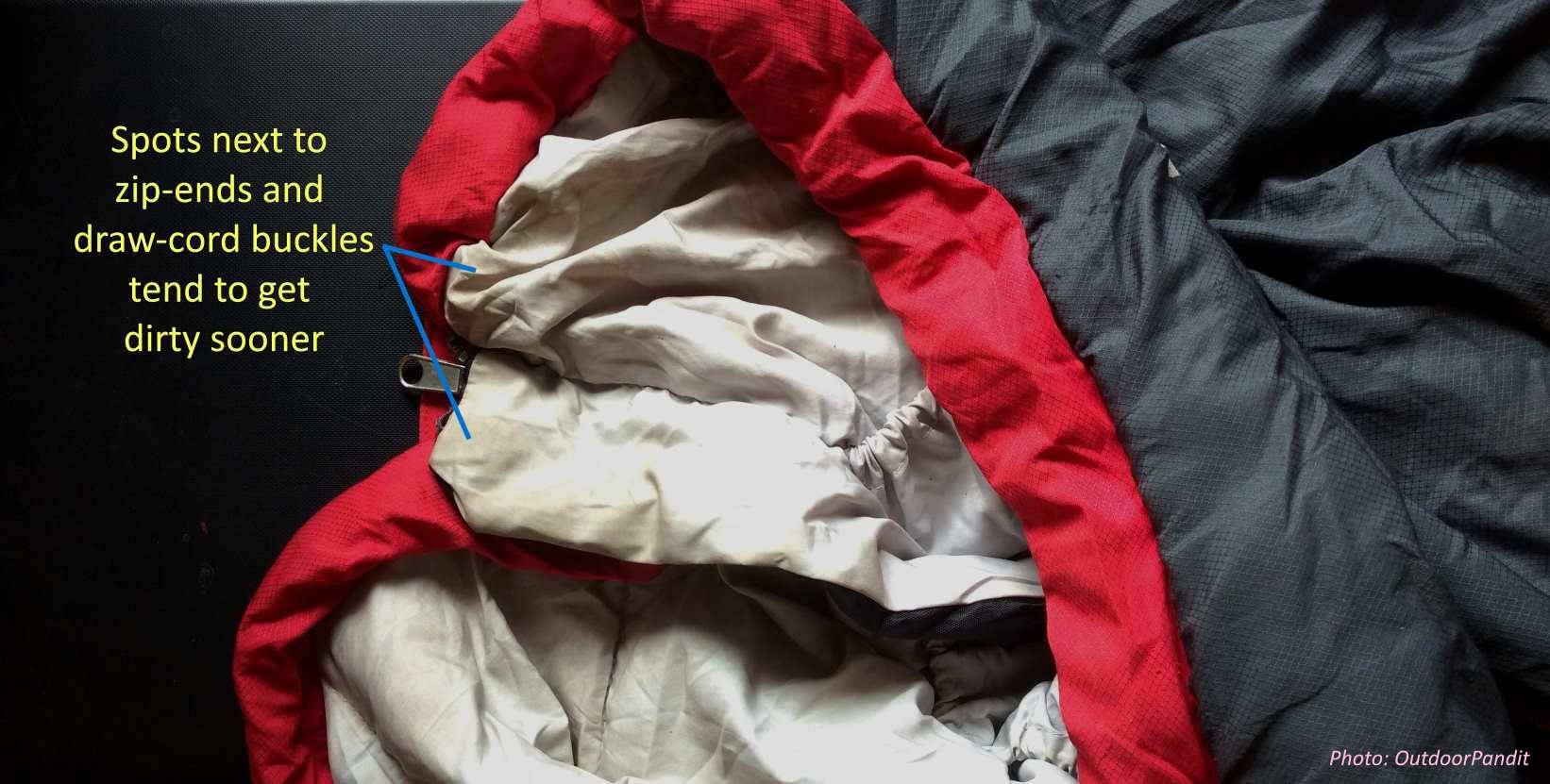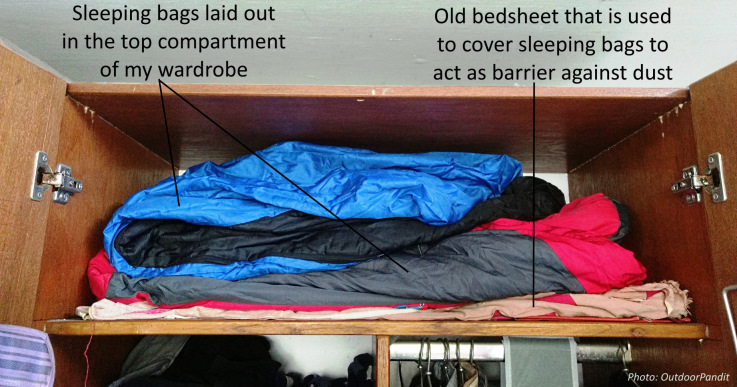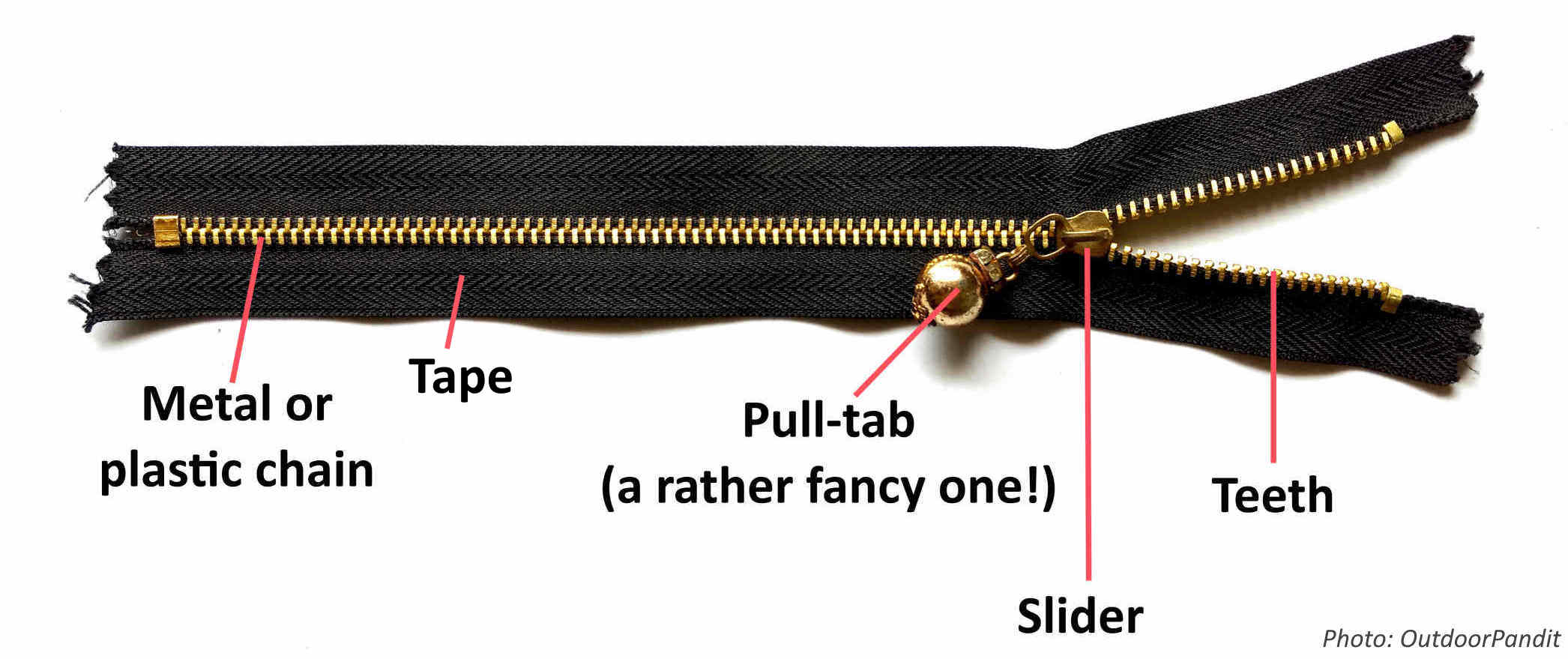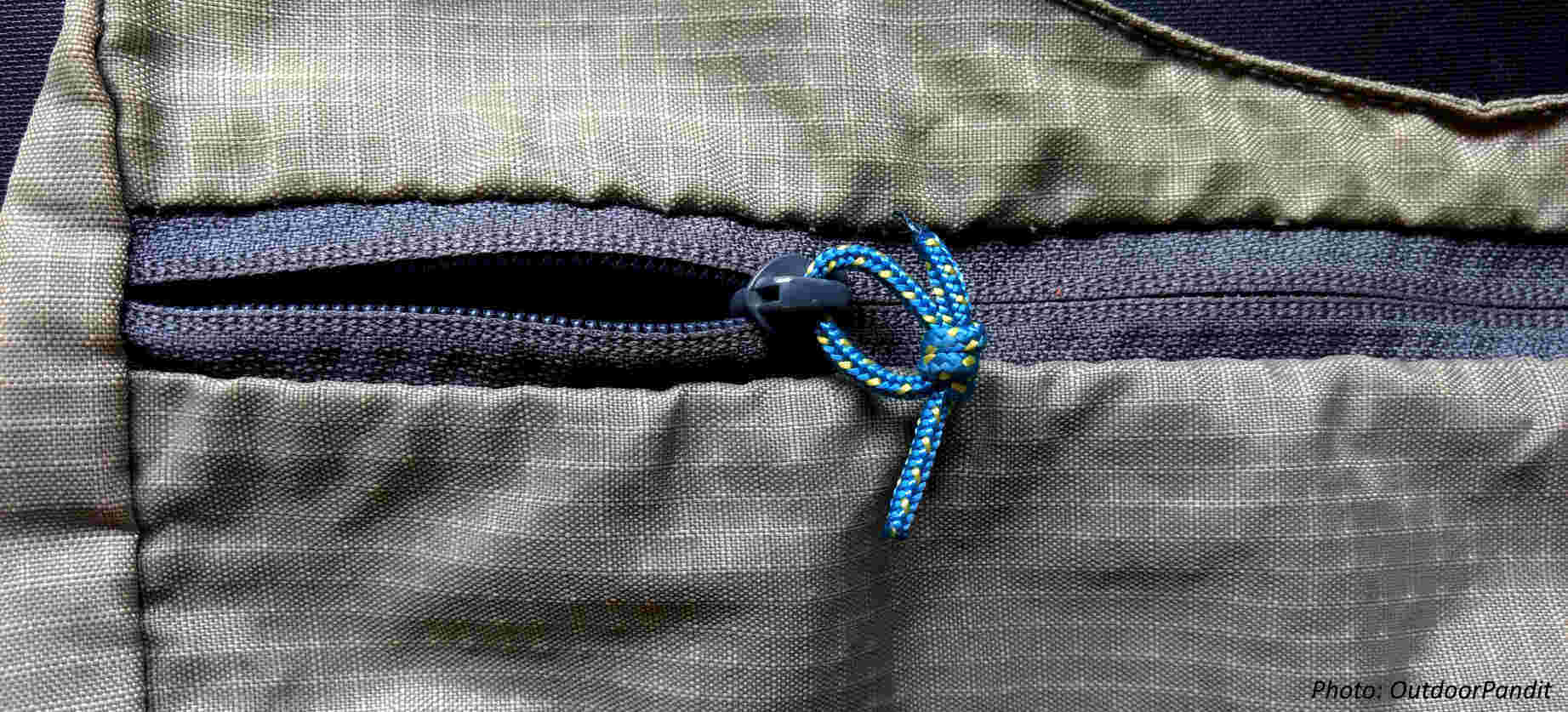* Care for your equipment and it will take care of you *
This completes the series of posts on sleeping bags (first: ‘sleeping bag – information’ & second: ‘sleeping bag – use’).
Cleaning a sleeping bag
Inspect all zippers to see if there is any dirt or lint clogging them. While cleaning, use a soft toothbrush if necessary.
If a sleeping bag is not really dirty then all it will need is some spot-cleaning. Use mild soap solution and gently clean spots that look dirty.

For washing a sleeping bag, diligently follow manufacturer’s instructions. Some points to be noted:
- Down filling will need a special washing agent.
- Heat is bad for sleeping bag – use mild heat only if suggested by manufacturer.
- If using a washing machine: use frontloading machine in gentle mode. Add a couple of clothing items like a towel and shirt along with the sleeping bag. Consider rinsing an extra time to ensure all soap / washing agent is gone.
- In a dryer, when the bag is nearly dry drop in 2-3 used clean tennis balls along with the bag – these will help break up any clumped filling and restore the bag’s loft.
- When hand washing a sleeping bag: soak it in a tub full of mild soap solution and rub dirty sections gently. Rinse sleeping bag gently with fresh water. Pressing out as much water as possible, lift the sleeping bag to take it to where you can lay it out to dry on a clean surface (or on a fabric laid underneath).
- Avoid dry-cleaning sleeping bags: chemicals may damage the filling, especially down.
- Be sure that the sleeping bag is completely dry before storing it.

Storing a sleeping bag
When being stored for a long period of time a sleeping bag should not be compressed but stored in such a way that it can largely stay fluffed up. This helps in making the filling retain its effectiveness for a longer period. A large pillow cover may be used for storing it in.
Note on repairs

Slider:
- Over time a slider tends to wear out and fails to effectively bring the teeth of the chain together. If you gently press it with a pair of pliers, it can start biting. When this is done often to a slider, it tends to become weak and breaks.
- A broken slider can be replaced in the field if you have the confidence of sliding it out after freeing one of the chain’s ends.
- If the pull-tab of a slider breaks then thread in place a nylon string or a bunch of sewing threads to replace it with. A knot at the end of such an improvised pull-tab helps in grabbing it with cold/gloved fingers.

- When a slider gets stuck or is stubborn at certain spots, clean chain and slider. Remove all dirt and other stuff with water, taking extra care to inspect the spots where the slider has problems. This should normally solve the problem. If the problem persists then you may consider lubricating the chain with some greasy matter like candle and crayon before gently shifting the slider to tease open/shut the slider at the affected spot. Move the slider up and down to distribute the lubricant evenly across the chain. But be aware that such a lubricant tends to retain any dust particles blown into it.
- If the teeth of a chain are broken or twisted out of shape then only a temporary fix may work in the field. Isolate that affected part from the moving slider by sewing in a few loops of thread, and use the slider only up to that spot – and you may still be able to use the sleeping bag to keep you warm enough for the rest of the hike. Note that the thread is to be sown in only in the tape and care needs to be taken to not damage the fabric of the sleeping bag.
Fabric:
- A tear in the fabric can be temporarily stitched up in the field; at worst, use some sort of adhesive tape so that the tear does not extend, though strong adhesive can stick to the fabric even after the tape is removed.
- Any repair to a sleeping bag is ideally to be undertaken by person/entity that is experienced in repairing outdoor gear.
Remember the safety mantra: Safety of People, Safety of Environment, Safety of Equipment?
Taking care of equipment actually makes it easier to take care of safety of people and environment.

Very useful information.Thanks
Thanks, Athul!